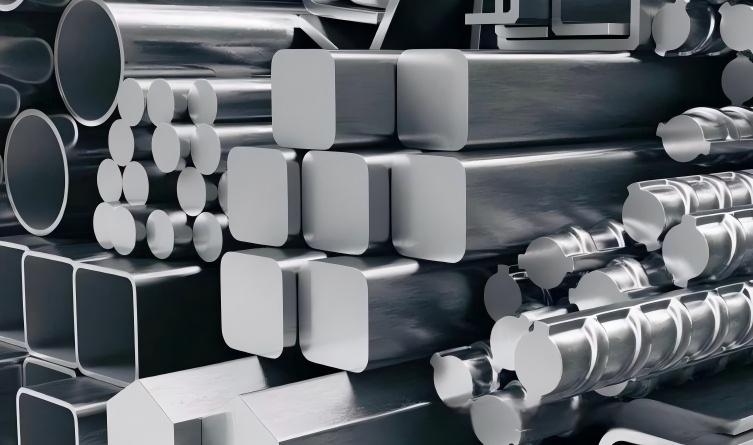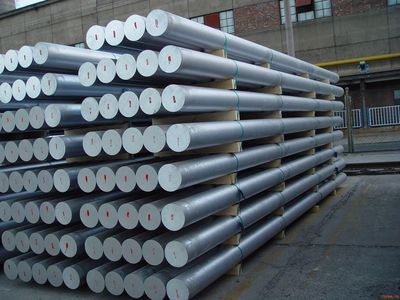Beautiful Plants For Your Interior
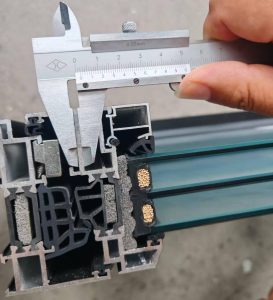
What are the characteristics of aluminum alloy doors and windows?
Advantages of Dianqiao aluminum alloy doors and windows: resistant to corrosion, good weather resistance, free of harmful substances such as formaldehyde, superior insulation and heat preservation performance, in line with the national policies on energy conservation and environmental protection. At the same time, they can be made in different colors and styles according to indoor design and exterior wall design, meeting the different needs of customers.
During the production process of doors and windows, manufacturers also employ various surface treatment methods such as oxidation, electrophoresis, ceramic coating, powder spraying, fluorocarbon coating, and wood grain transfer printing to form an anti-oxidation and anti-corrosion protective film on the aluminum alloy, thereby extending the service life of aluminum alloy doors and windows.
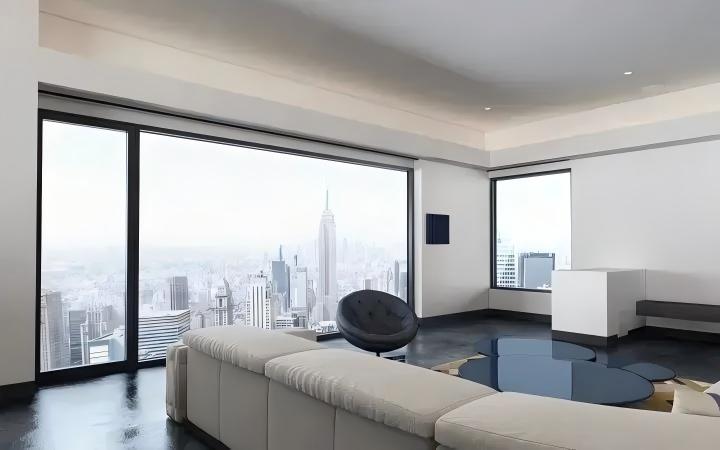
What are the characteristics of aluminum alloy window and door profiles?
Aluminum alloy profiles are profiles made mainly of aluminum with the addition of some alloying elements to enhance their strength and hardness.
Aluminum alloys can be classified according to their chemical composition into aluminum-silicon alloys, aluminum-copper alloys, aluminum-magnesium alloys, aluminum-titanium alloys, aluminum-zinc alloys, and aluminum-rare earth alloys, etc. The raw material alloys are usually aluminum ingots. After the ingots are melted, they are transformed into aluminum rods through heating and extrusion, and then they are kept at room temperature, which makes them less prone to oxidation and rusting. However, after a long period of use, they will react with hydrogen. To increase the service life, surface anti-oxidation treatment needs to be carried out. The processed aluminum profiles have a service life of up to 30 years after processing.
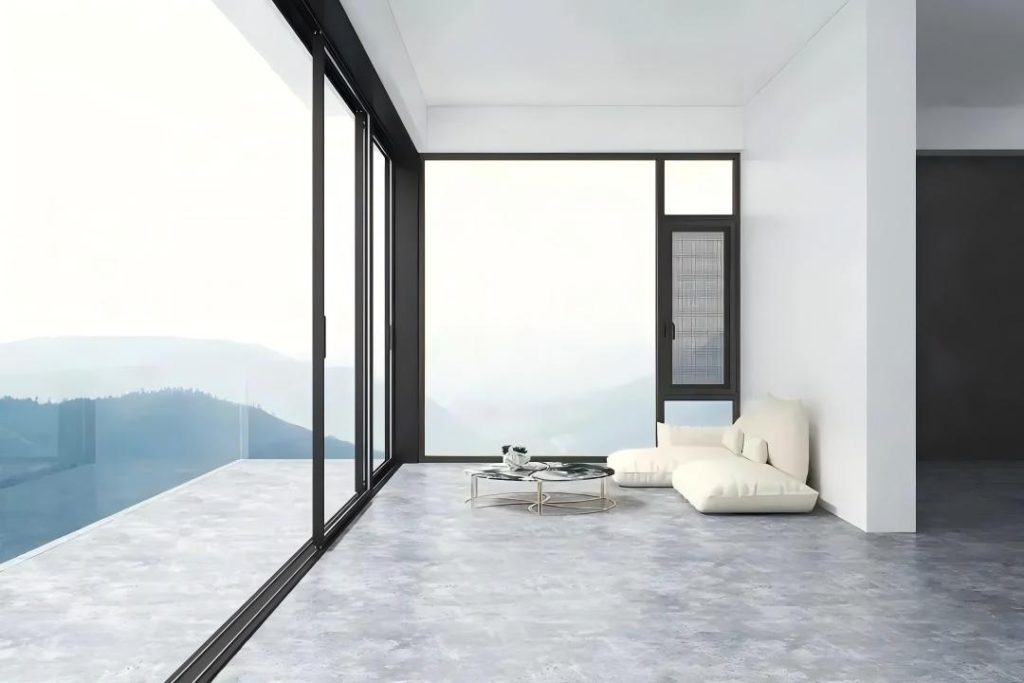
What are the advantages of the broken bridge aluminum profiles?
The ordinary aluminum profiles have a single color and are conductive materials. They have fast heat conduction and heat dissipation, and the insulation and heat preservation effect is average. The insulated aluminum profiles use PA66 nylon insulation strips to connect the two ends to form an insulation layer. Due to the different internal and external temperature differences, heat transfer is reduced, achieving the effect of insulation and energy conservation. They can be in two colors, and the inner and outer colors can be freely selected. The appearance is beautiful and the performance is good. At the same time, the insulated insulated aluminum profiles can realize the three-seal structure of doors and windows, separate the water vapor cavity reasonably, successfully achieve the balance of gas and water pressure, and significantly improve the water tightness and air tightness of the doors and windows.
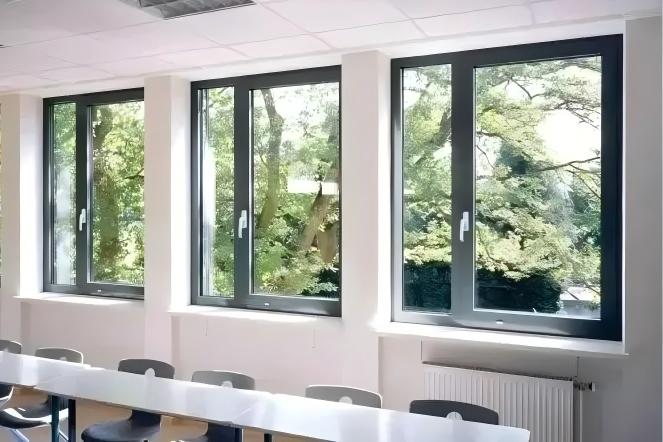
What is insulating glass?
In insulating glass, there is a certain space between the glass sheets. Dry agents are filled inside the frame to ensure the dryness of the air between the glass sheets. For frequently moving hardware components such as hinges and door locks, if they become loose, they should be tightened immediately. When the door lock does not work properly, you can add an appropriate amount of lubricants like pencil lead powder into the keyhole for lubrication.
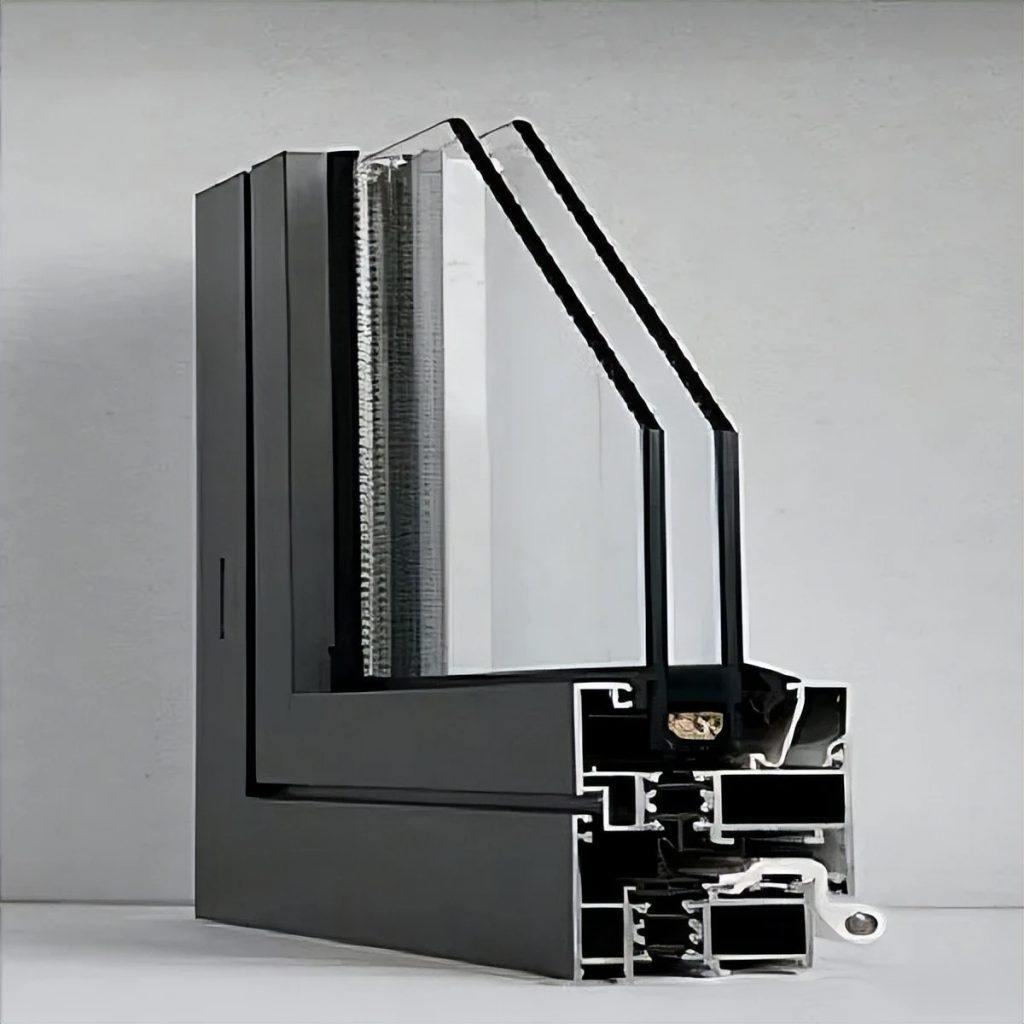
What is laminated glass?
Laminated glass is a composite glass product made by bonding two or more pieces of glass with one or more layers of organic polymer interlayers. After undergoing special high-temperature pre-pressurization (or vacuuming) and high-temperature and high-pressure processing, the glass and the interlayers are permanently bonded together. Even if the glass breaks, the fragments will stick to the interlayer, and the broken glass surface remains clean and smooth. Compared with other types of glass, it has the properties of shock resistance, anti-theft, anti-explosion, and anti-blast, effectively preventing the occurrence of fragment injuries and penetration accidents, and ensuring personal safety.
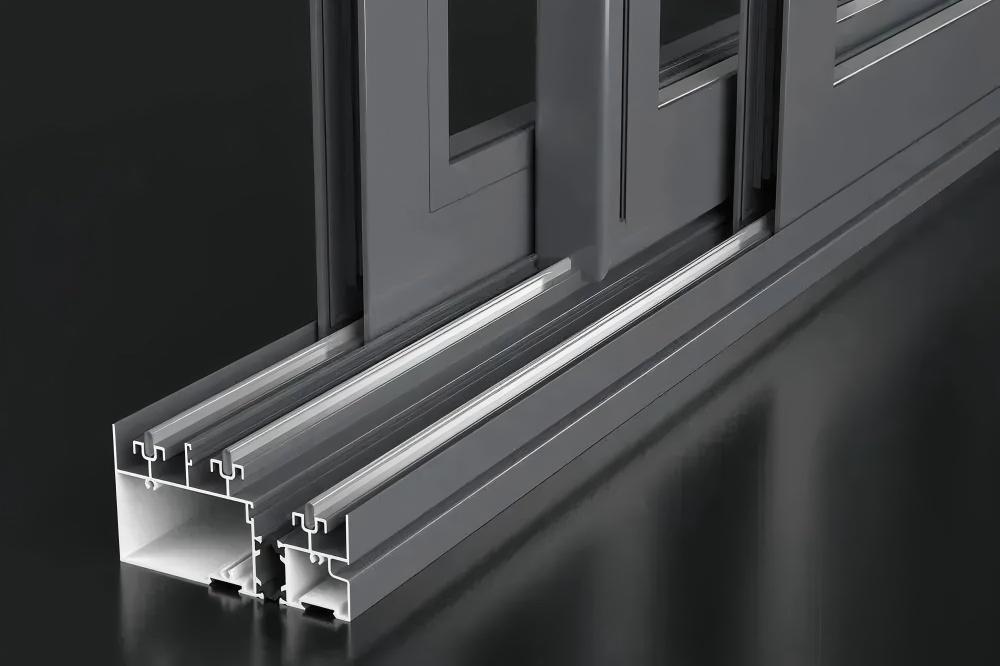
What is LOW-E glass?
Low-E glass, also known as low-emissivity glass, is a type of glass that has a coating on its surface to block ultraviolet rays. The coating layer of this glass has the characteristics of high transmittance for visible light and high reflection for mid-to-long infrared rays. Compared with ordinary glass and traditional architectural coated glass, it has excellent heat insulation performance, good light transmittance, and good UV protection function.
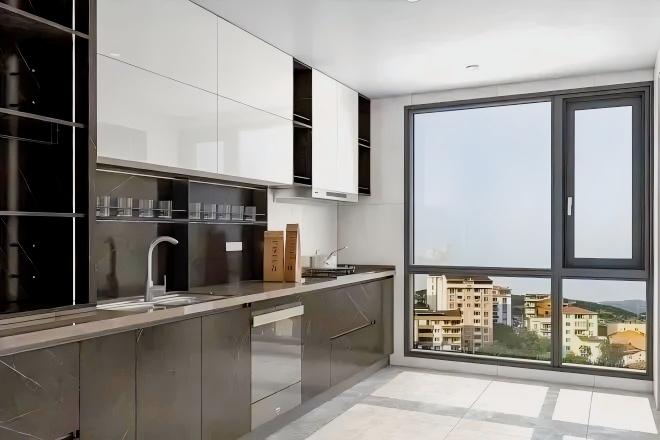
The advantages and disadvantages of offline LOW-E and online LOW-E?
- Online Low-E glass: It can be used as a single sheet, laminated, bent steel, and its price is cheaper than that of offline products. However, it has only a limited color range, consisting of high-transparency and blue-gray colors. The insulation performance of single-pane glass is poor.
- Offline LOW-E glass: Composed of four or more layers of films, it comes in various types. Depending on the specific climatic conditions, it can be manufactured into products with high, medium, and low transmittance rates. The colors include silver-gray, light gray, light blue, and clear colorless transparency, etc.
Product adaptability: In foreign countries, online LOW-E glass is mainly used in low-rise residential buildings. Offline LOW-E glass is mostly made into tempered insulating glass and is used in high-end buildings such as commercial complexes.
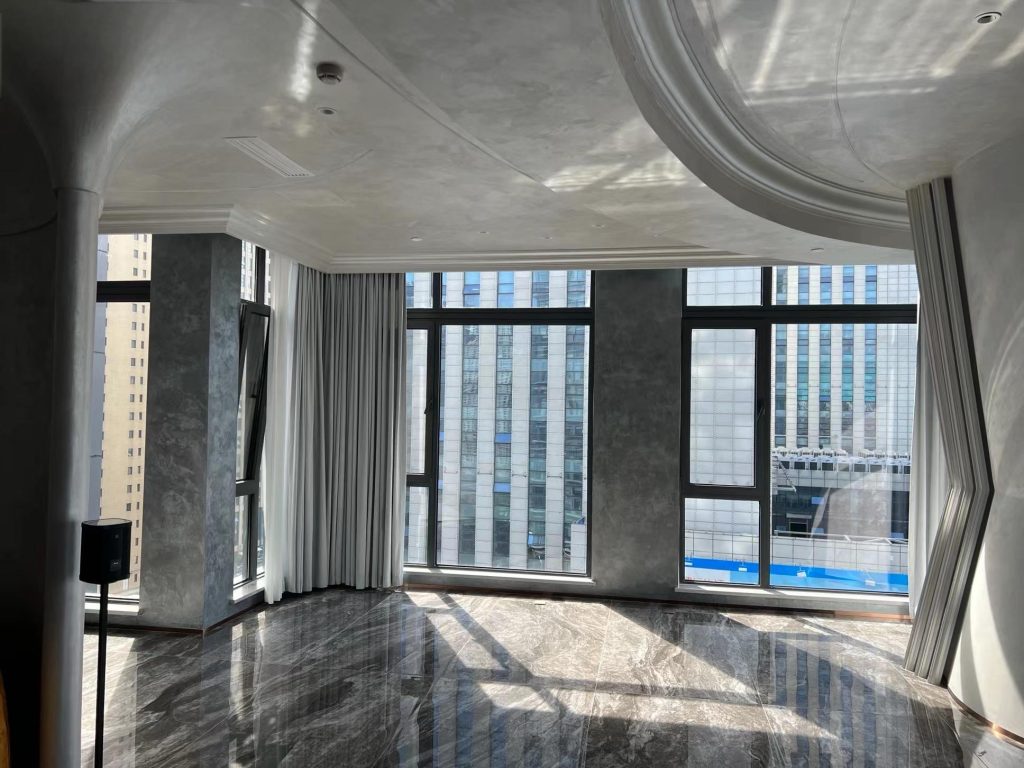
What is hollow louvered glass?
By installing metal aluminum sheets inside the insulating glass and using magnetic force to control, the angle can be adjusted at will, allowing it to be fully transparent, partially transparent or fully opaque. At the same time, all the blinds can be raised to become a fully transparent window. This product can be used approximately 20,000 times and lasts for about 20 years. It not only saves space but also achieves the purpose of shading. It also has the functions of heat insulation and noise reduction. It is clean and hygienic, and does not require cleaning. At the same time, it can bring a novel visual effect.
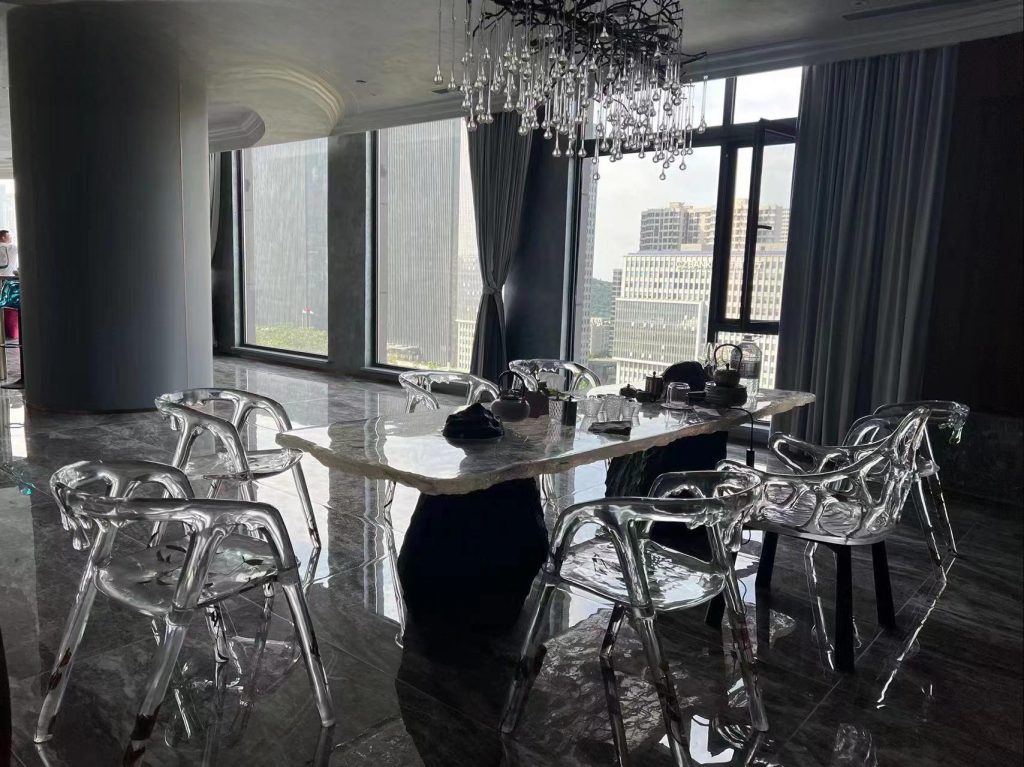
What are the different types and characteristics of aluminum alloy doors and windows?
Aluminum alloy doors and windows mainly include sliding windows, swing windows, up-hung windows, inward-opening and inward-reversing windows, and fixed windows.
- Sliding doors and windows: These are doors and windows that can be pushed or pulled horizontally in both directions on the same plane.
- Casement doors and windows: These are doors and windows that open either forward or backward. The opening panels are not on the same plane, which will occupy a certain amount of space. They are doors and windows that open inward or outward through the wall.
- Overhanging window: It is such a type of window where the upper end is fixed, and the opening part tilts and opens upwards, with the opening located at the bottom.
- Interior-inverted window: It follows European standards and opens inward. It allows for natural ventilation. The doors and windows can be opened even when the occupants are not at home. Even if used for a long time in high-rise buildings, there is no need to worry about damaging the lower floors.
- Fixed doors and windows: Doors and windows that cannot be opened.
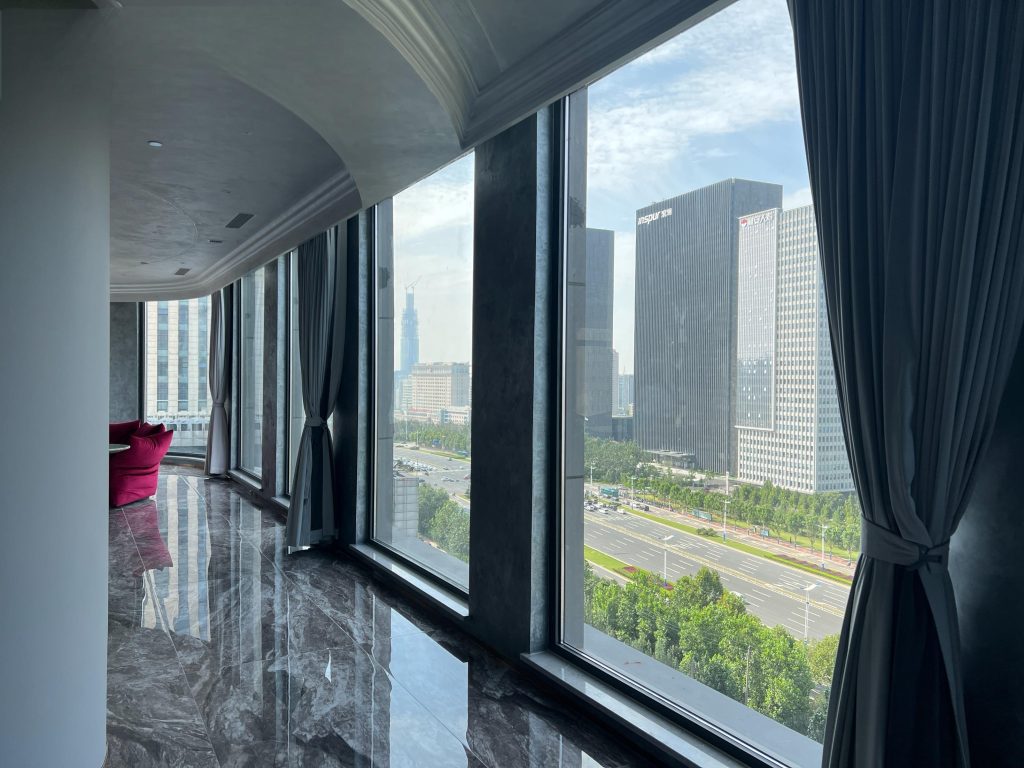
What are system doors and windows?
System doors and windows originated in Europe. After years of use, the design takes into account the sealing performance and energy-saving effect of the doors and windows. System doors and windows are produced by system companies using an overall door and window system solution. They make clear commitments to the performance and quality indicators of the products. They need to consider a series of important functions such as water tightness, air tightness, wind pressure resistance, mechanical strength, insulation, sound insulation, anti-theft, shading, weather resistance, and operation feel. They also need to consider the comprehensive results of the performance of each link such as equipment, profiles, accessories, glass, adhesives, and seals.

What is the standard thickness of the aluminum alloy window and door profiles?
The wall thickness of the main stressed parts of the aluminum alloy window profiles should be no less than 1.4mm. For high-rise buildings (above 20 floors), the thickness of the profiles can be increased. For heavy-duty sliding doors, the wall thickness of the main stressed parts should be no less than 2.0mm. This complies with the national standards and meets the requirements for wind pressure resistance. For single windows and doors with an area exceeding 3-4 square meters, the thickness can be increased; for those that are too large, additional columns can be added to enhance their physical strength.
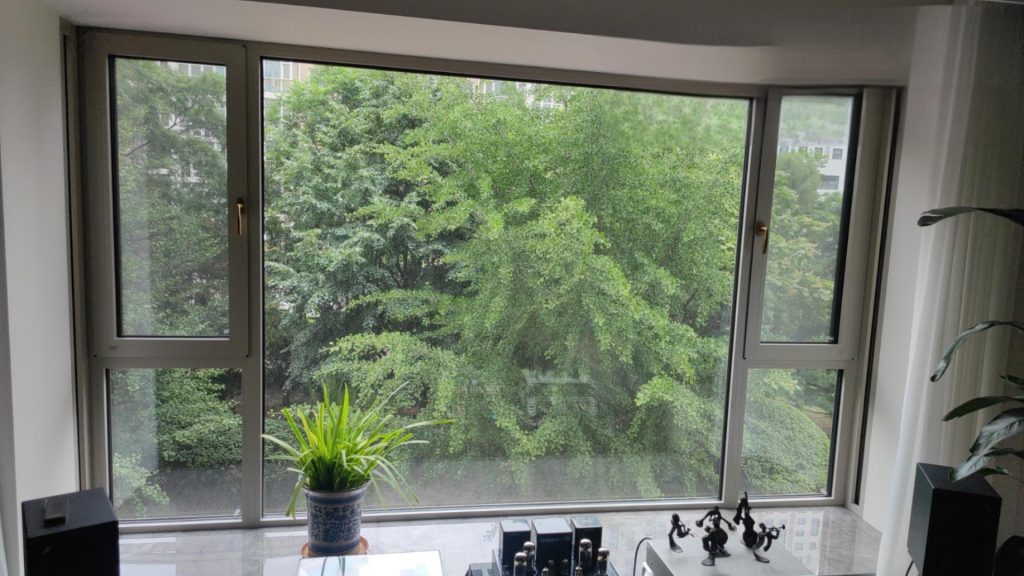
What are the main hardware components of aluminum alloy doors and windows?
The main hardware components for sliding windows: linkage handle, sliding support, hinge, locking point, lock box, backlock, floor-to-ceiling lock, etc.; The main hardware components for inward-opening inward-reversing windows: linkage handle, connecting rod, linkage device, etc.
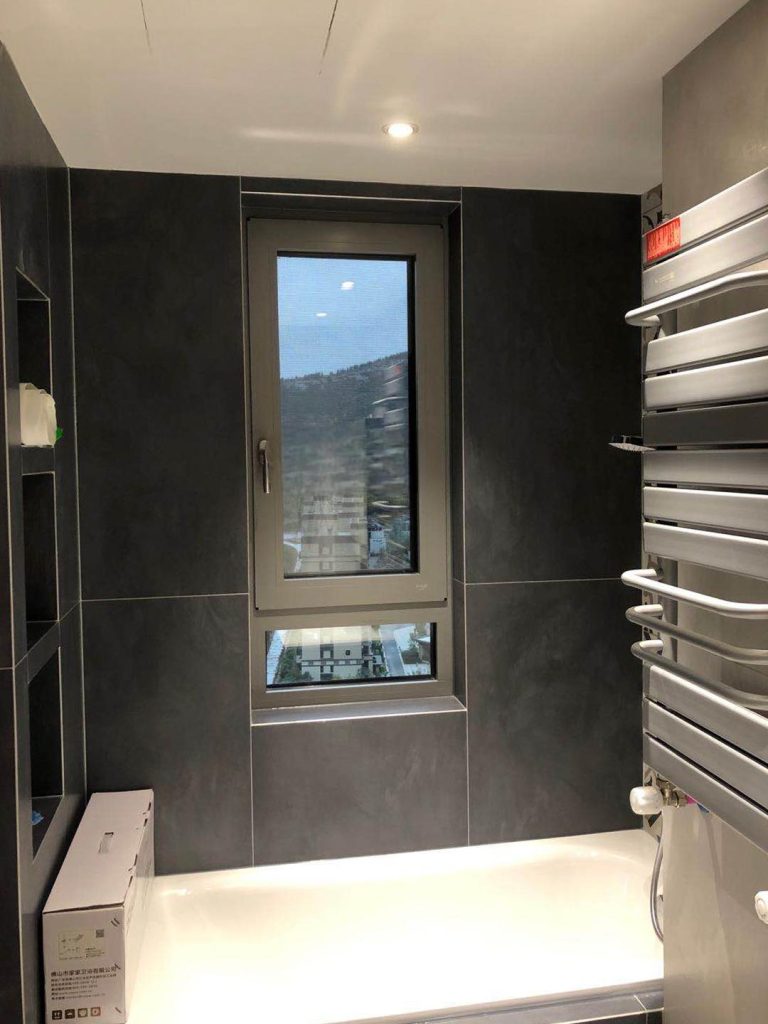
What are the differences between hot bending and steel tempering?
Thermal-bent glass is formed by heating the glass to its softening temperature, then bending it by its own weight or external force, and allowing it to cool naturally. This results in the formation of the glass. Tempered-bent glass, on the other hand, is made by rapidly cooling the bent glass with special equipment. Thermal-bent glass does not belong to safety glass, while tempered-bent glass does.
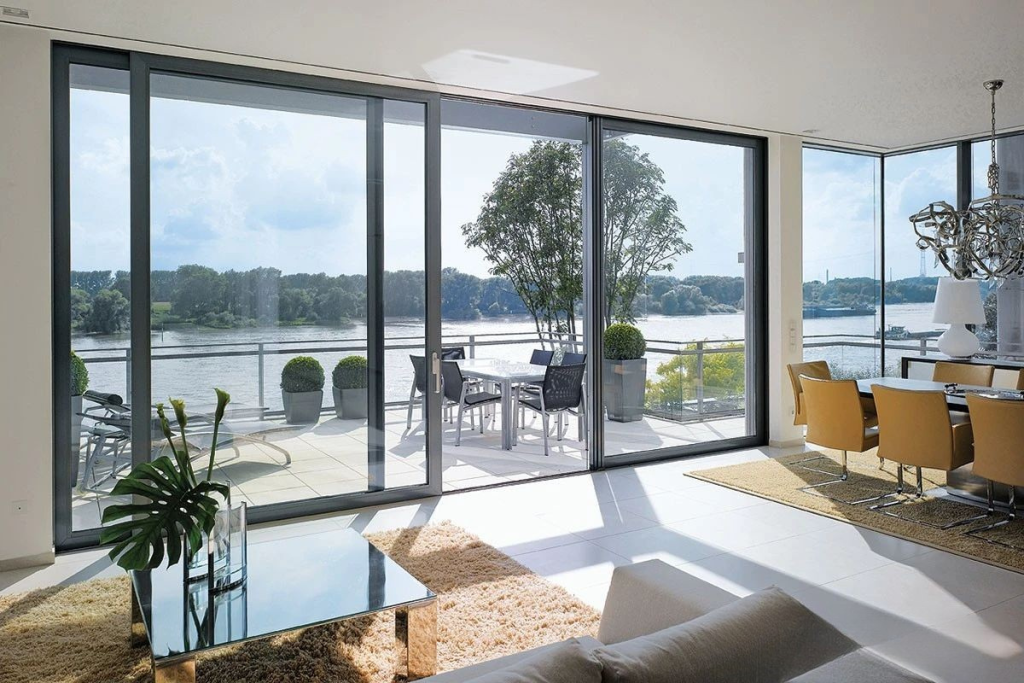
What are the characteristics of tempered glass and semi-tempered glass?
The strength of tempered glass is 4 to 5 times that of ordinary glass. When broken, it forms small particles and is classified as a safety glass. It can withstand temperature fluctuations of 250 to 320 degrees. Its disadvantages include the occurrence of self-bursting, inability to be cut, and a decrease in flatness after tempering. Semi-tempered glass has a strength between that of ordinary glass and tempered glass. It is less prone to self-bursting, has good flatness, but its heat resistance and impact resistance are inferior to those of tempered glass.

